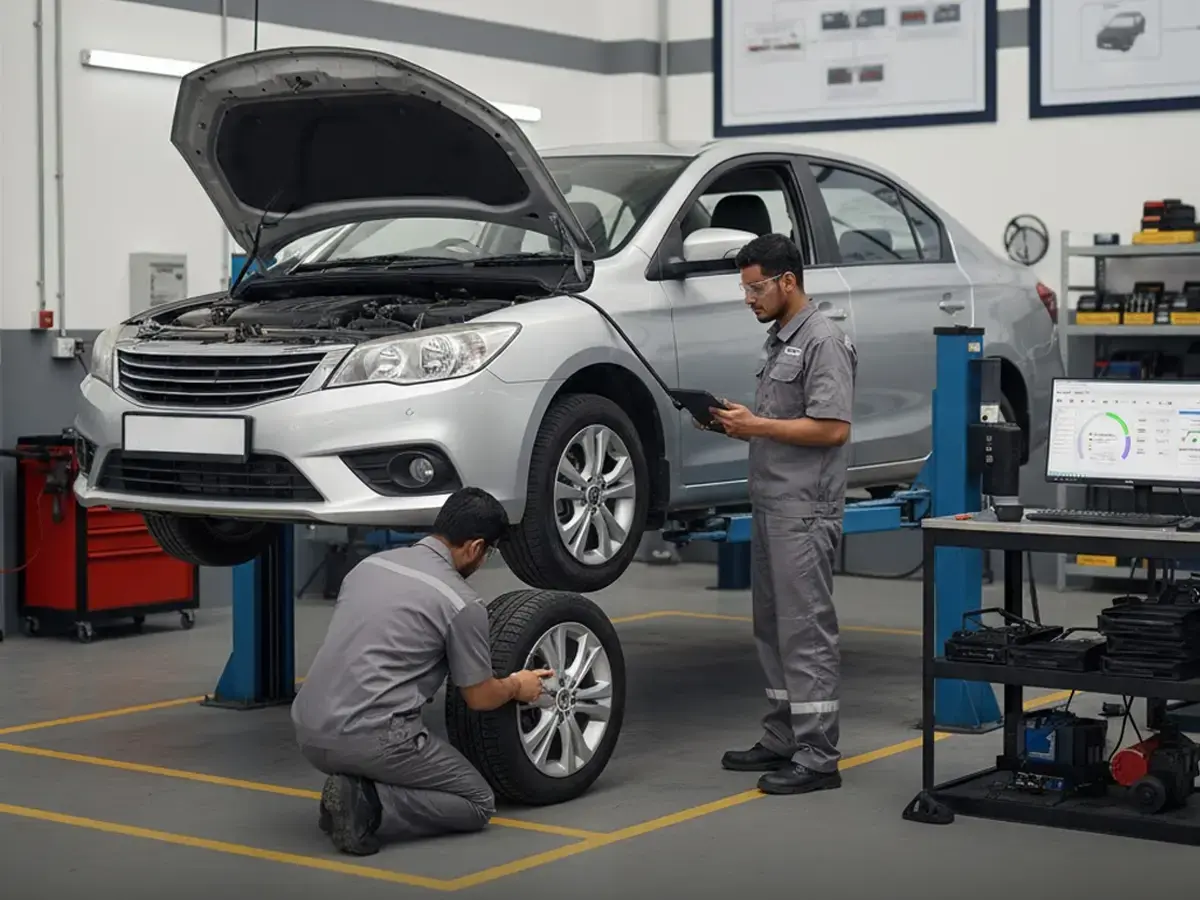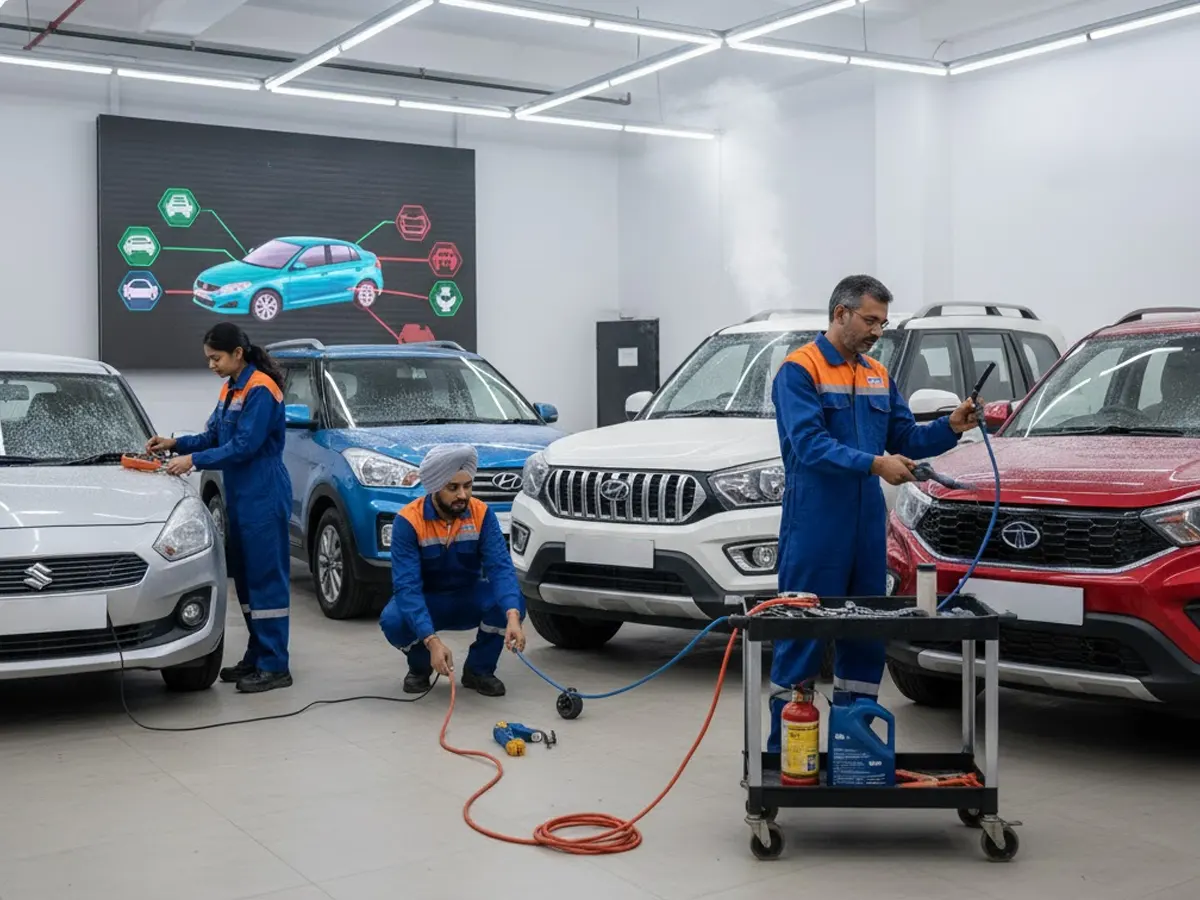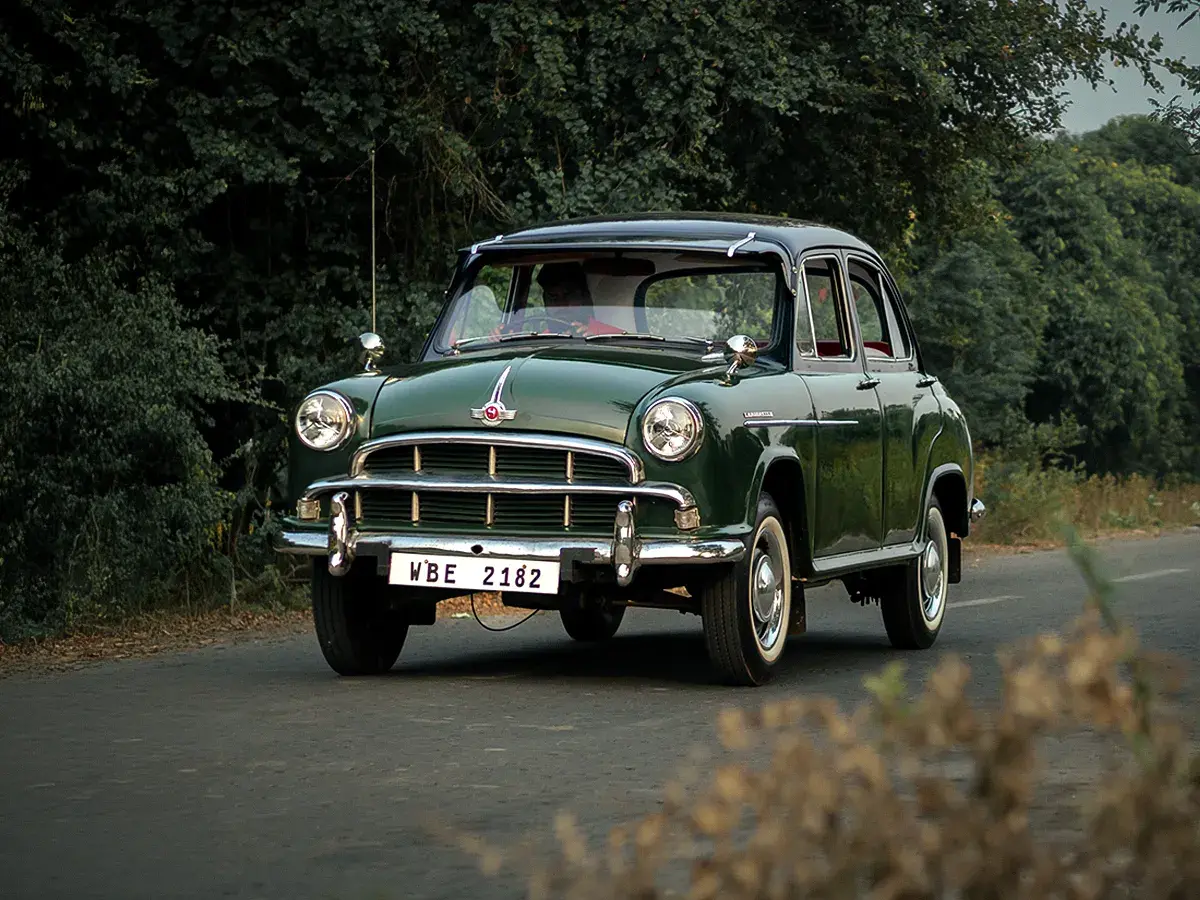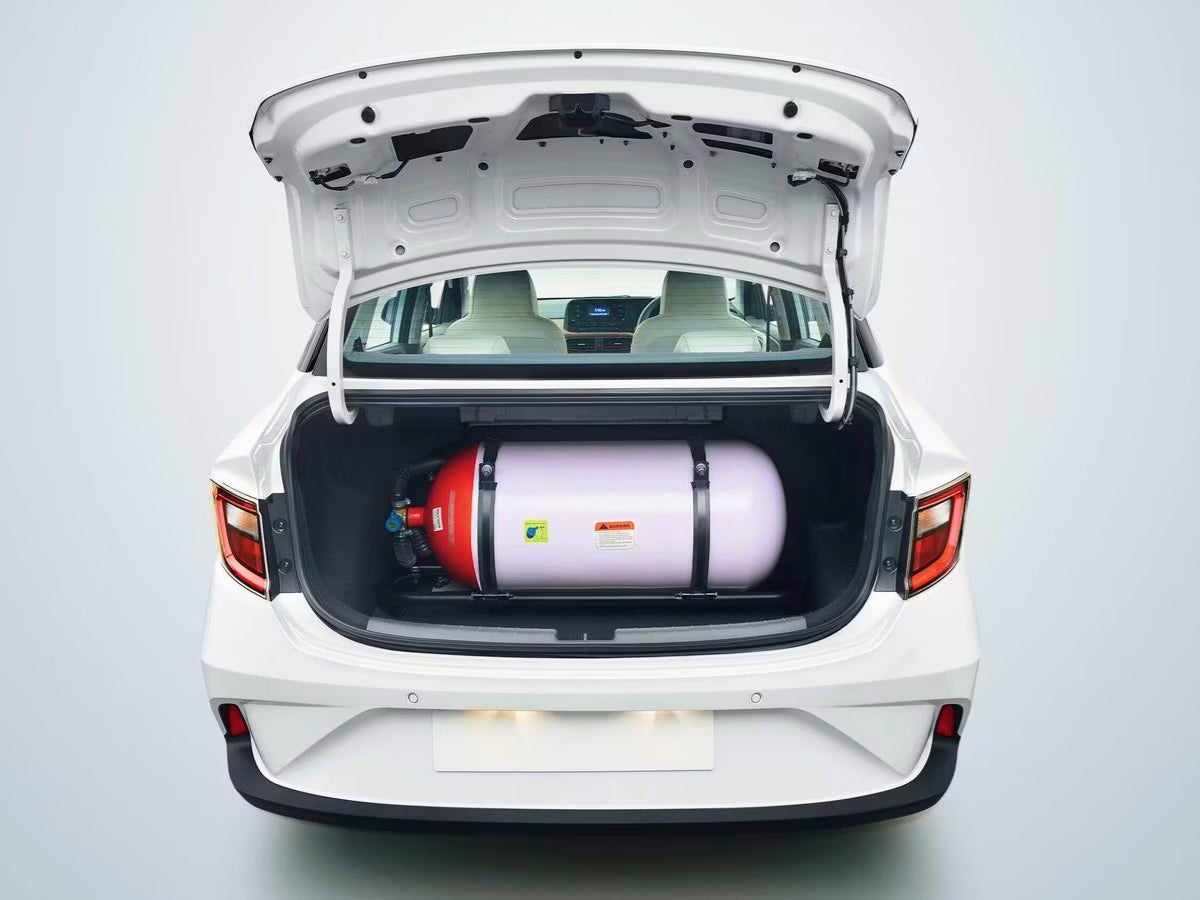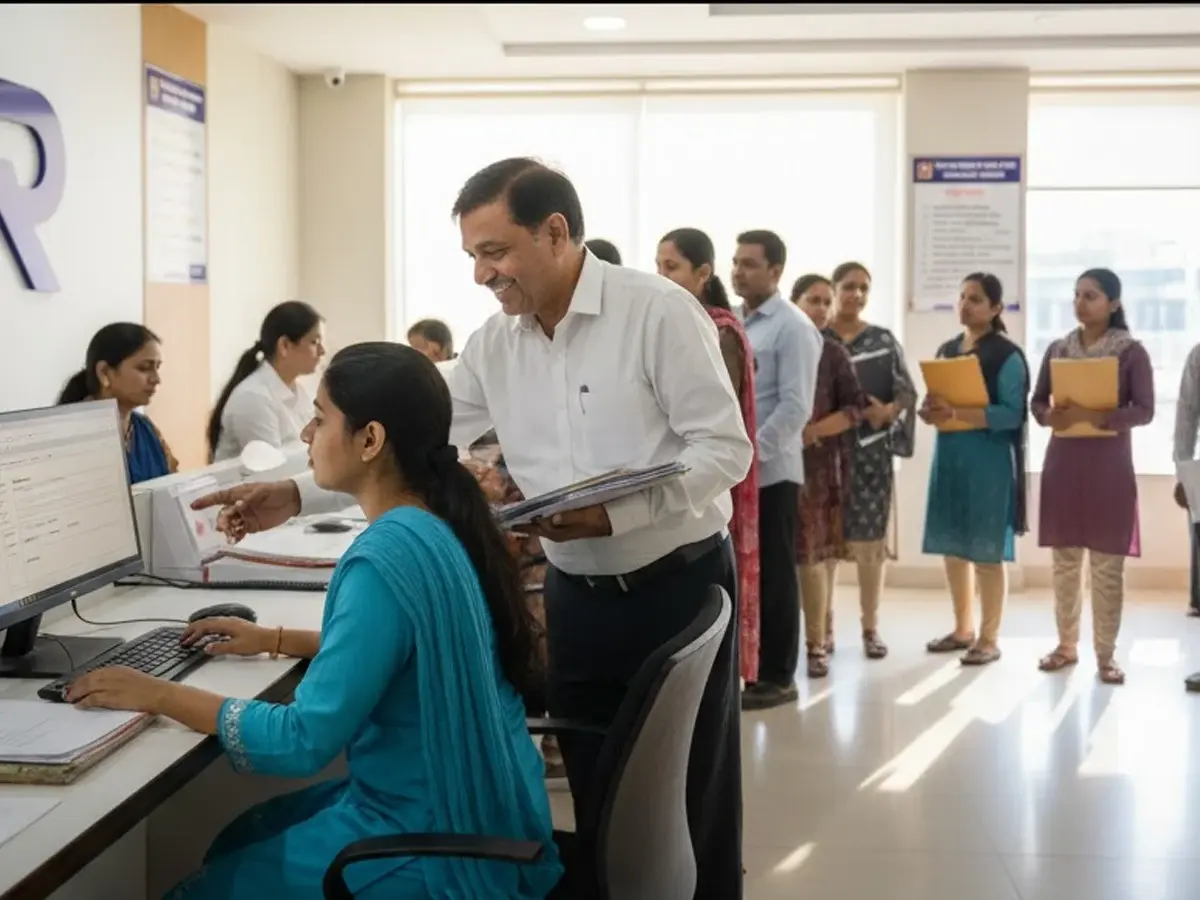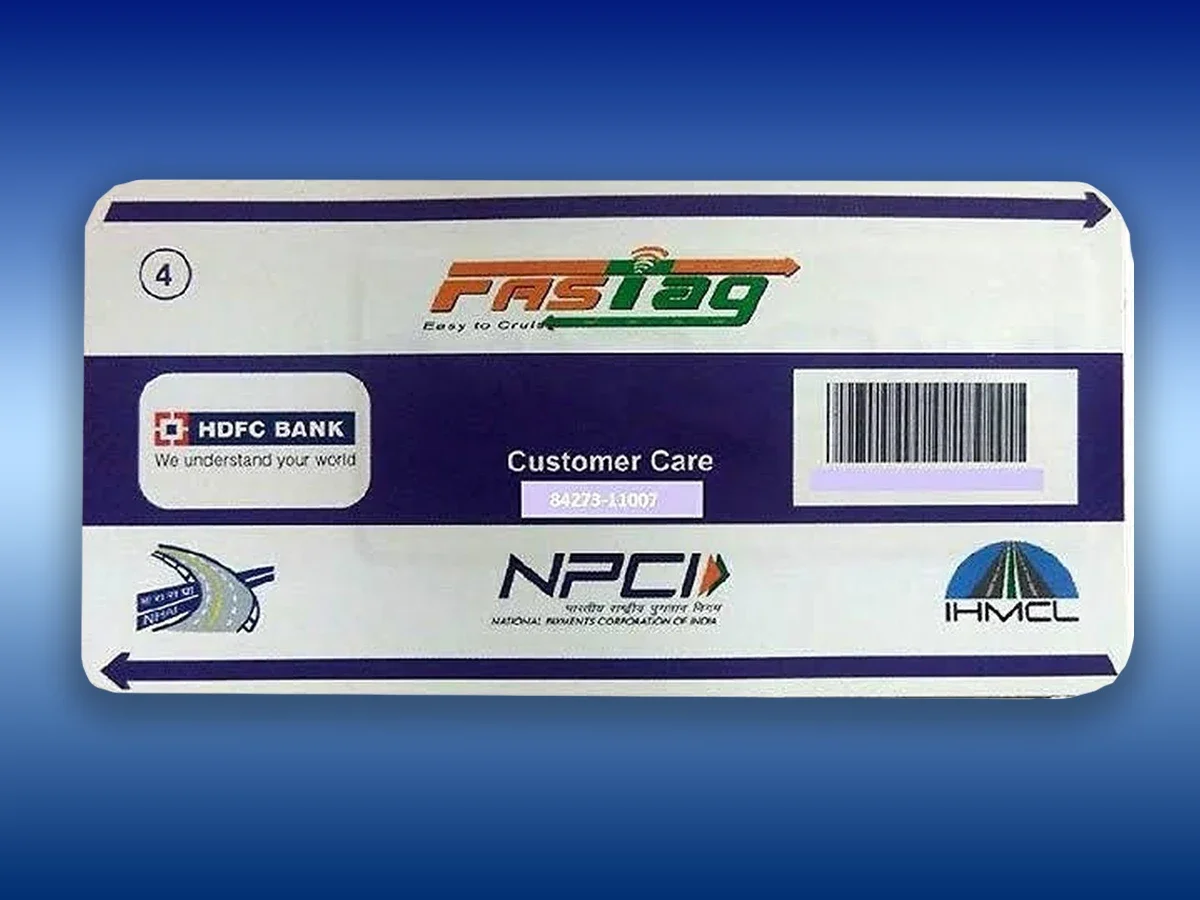

Selling A Car After an Accident: How to Be Honest Without Losing Buyers
- 1Build buyer trust with car repair documents and inspection reports
- 2Focus on your car’s current health, maintenance and service history
- 3Stay calm, be transparent, and price your used car realistically
Selling a used car after an accident can feel tricky. You know the car is repaired and running fine. But you also know buyers may hesitate when they hear the word “accident.” So, how do you stay transparent and still protect your resale value? The answer is simple. Be honest, be prepared and present facts clearly. When you do that, serious buyers listen, trust you and pay fairly.
Understanding the Buyer Mindset
Cars undergoing repairs don’t necessarily render them a bad purchase option in the second hand market, and buyers also understand this. Instead, it’s the notion around owners hiding these facts about the vehicle that makes buyers cynical of terms like “accidental” or “repairs”. When people feel that something is being hidden, they simply prefer to walk away.
But when you share information upfront, explain the repair work and show documents, you remove their doubts. Buyers feel safer when they see clarity and proof.
Collect all repair documents
Gather all the documents to build buyer confidence. Buyers trust paperwork more than verbal promises.
Keep these ready:
- Insurance claim papers
- Surveyor report
- Workshop invoice
- Job card and parts list
- Pictures of repair (if available)
These records show that the car was fixed properly at a recognised workshop, not in a roadside garage. That shows a credible repair job, building conviction in the buyer.
Show the Current Condition of the Car
What matters isn’t the past, but what the buyer sees today. Make the car’s present condition speak for itself. Get a basic inspection done at a trusted workshop and fix any small, visible issues. This shows effort and gives a good first impression.
Mention the important positives:
- Smooth drive quality
- Recently serviced
- Tyres and battery are in good condition
- No abnormal noises while driving
- Clean interiors
- All features are working properly
When buyers see that the used car runs well and feels solid, they judge based on overall value, not just history.
Do Not Over-Justify
Many sellers make this mistake when selling a used car that has been in an accident. They apologise too much, give long explanations or try to convince buyers emotionally. It rarely helps. It makes buyers think there is more to the story. Stay calm. Explain once. Answer questions politely. Move ahead on the car’s positives. Confident communication makes the buyer feel safe and reassured.
Get An Inspection Report
A neutral opinion always helps. You can get a pre-sale inspection from a trusted third-party service or from online used car platforms. This gives a formal health report of the car. It helps buyers who lack the technical expertise and need expert assurance. A report showing good engine health, suspension, electricals, and body integrity gives your claims weight. It shows that your pre owned car is truly in good shape post the repair.
Price Car Reasonably
Yes. Accident history can impact your car’s resale value, but it doesn’t mean your car will completely lose all its value. You can use online used car valuation tools. Compare prices in your city for similar models and years. If the repair was minor and done properly, you can still demand a fair price. Buyers are ready to pay for a well-maintained car. When they see clarity, documents and the current condition, they feel comfortable offering a fair price. A balanced pricing approach attracts serious buyers quickly.
Take Clear Photos of the Car
Photos of the car build the first impression of a buyer. Good pictures communicate confidence. When you are ready to list the car, give it a quick wash and find a bright, open spot to park it. Natural daylight helps the car look its best and makes the photos feel real, not filtered.
Click a few clear shots from every angle, and do not forget the inside. A neat dashboard, clean seats and a tidy boot tell buyers the car has been looked after. Add close-ups of the wheels and odometer, too. These small details create a strong first impression and help buyers trust the condition before they even come to see it.
Stay Patient And be Polite
Some buyers will ask more questions than others. They may want to see the papers again or understand exactly what happened during the accident. That is normal. Take your time, answer calmly and stay confident about your car. A composed seller always makes the buyer feel comfortable.
There will also be people who push too hard or try to bring the price down for no real reason. Do not take it personally. Stay polite, hold your ground and move forward. The right buyer will appreciate honesty and a well-maintained car, and those are the people you want to deal with.
Complete Transfer Paperwork Properly
Once you agree to sell, finish the paperwork cleanly.
Make sure to:
- Sign the delivery receipt
- Transfer RC to the buyer
- Update insurance
- Hand over service and repair records
When the paperwork is complete, your responsibility ends, and you stay protected legally.
Final Thoughts
If you are planning to sell your used car, which has been repaired after an accident, don’t fret, as it is easier than most people think. Buyers are not scared of a car with history. They are only worried when things are hidden. When you explain the repair clearly, share the paperwork and show that the car is in good shape today, serious buyers stay interested.
Honesty makes the process simple. It builds trust, and trusted sellers get real offers. You are not trying to cover up the past. You are showing that the car was cared for, repaired the right way and maintained well after that. That is what gives confidence to buyers and helps your car hold its value in the market.
Frequently Asked Questions
Expand all